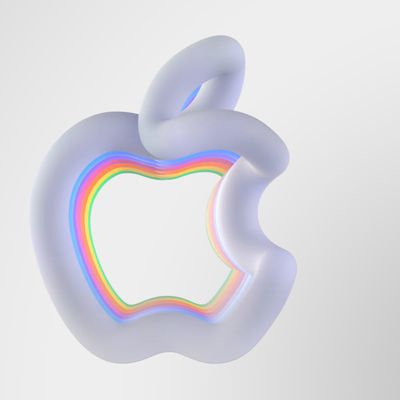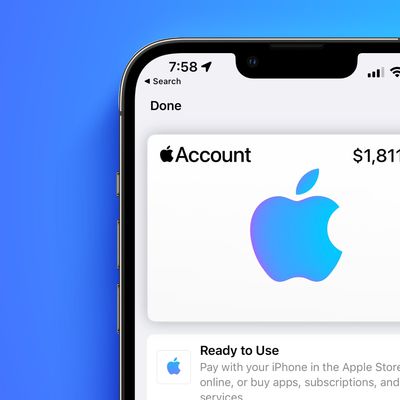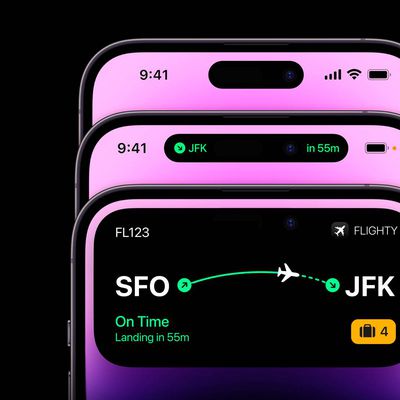Over the past several days, a number of analysts have raised the possibility that Apple may have some trouble meeting expectations for quarterly iPhone sales, currently pegged at about 7 million, at its earnings report scheduled for next Monday.
Yesterday, Piper Jaffray analyst Gene Munster noted that supply constraints on the iPhone 3GS may have hindered Apple's ability to meet customer demand. Apple had noted during its July earnings conference call that supplies of the iPhone 3GS were constrained due to robust demand, and major shortages of the device were seen in several countries well into the quarter. Ever the Apple optimist, however, Munster still expects Apple to have shipped 7.5 million iPhones during the quarter, ahead of consensus estimates.
Today's story comes from Oppenheimer & Co. analyst Yair Reiner, who claims that Apple will have a difficult time meeting iPhone sales expectations after the company implied partial quarterly sales of only 3.5 million iPhones at its "It's Only Rock and Roll" media event just three weeks before the end of the quarter.
"The first hint of trouble," he writes, "surfaced during the iPod event on Sept. 9, when Apple implied that ~3.5M phones had been sold with only 21 days left in the quarter. Subsequent checks showed the iPhone 3GS sold out in many markets. Something was clearly preventing Apple from shipping to demand Consensus estimates imply that 3.5M phones flowed out to customers in the final weeks of 4Q09, which may be too aggressive."
Reiner's estimate of 3.5 million iPhones sold, however, appears to be based on Apple CEO Steve Jobs' announcement at the event that the company had sold a total of 30 million iPhones since its initial launch in 2007, subtracting from that number the approximately 26.4 million iPhones recorded in Apple's earnings reports for previous quarters. But a key unknown in that calculation is the accuracy of the "30 million" number given by Jobs.
Apple is known for promoting its sales milestones and flashing round numbers on its slides during presentations for maximum visual impact. Apple could very well have sold 31 million or more iPhones, but announced only 30 million for an easy-to-remember presentation visual. In addition, Apple may have purposely understated its sales numbers at the event as part of its usual strategy of underselling its performance to investors and analysts in order to temper expectations enough that the company can easily beat expectations at its quarterly earnings releases, generating continued enthusiasm and publicity for the company's stock.
Reiner notes, however, that even if Apple struggles to meet iPhone sales expectations due to supply issues, consumer demand remains robust. Consequently, any dip in Apple's stock price that would likely accompany an unexpectedly low number of reported iPhone sales for the quarter could be seen as a buying opportunity for investors looking ahead to greater iPhone sales for the current quarter as supplies finally catch up with demand.





















